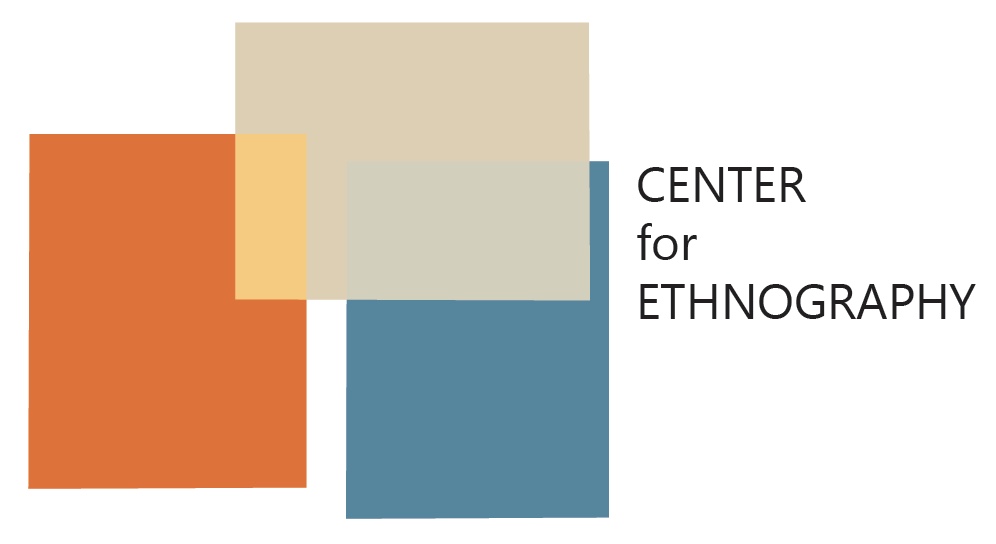This group will serve as a collaborative workspace for participants of Visualizing Toxic Subjects -- the design project component of the Center for Ethnography’s 2018-2019 annual program, Visualization in Ethnography.
Over the course of the project, participants will publish three iterations of Photo Essays to the group for review by other participants (See PECE Resources below). Photo Essays will include one to three images (found images or original creations) along with a 200-400 word caption and a design statement discussing how and why visualizations were selected or produced, interpreted, and used to convey ethnographic understanding. Each iteration of the Photo Essay will also be assigned for review by other participants using the annotation function of PECE. This elaborate review process, extending from November 2018-February 2019, is intended to facilitate the collaborative development of an appropriate analytic language for assessing ethnographic images. In the final round, each participant will submit their final selections of one to three captioned images along with design statements describing why the image is an exemplary ethnographic visualization. There will be a two-stage (internal and external) review process in March and April. A gallery exhibit will be held in mid-May. The final digital exhibit will be published in mid-June.
PECE Resources and VTS Style Guide:
Image Artifacts: Instructions
Photo Essays: Video Tutorial and Instructions
Annotations: Tutorial and Instructions (Coming Soon)
